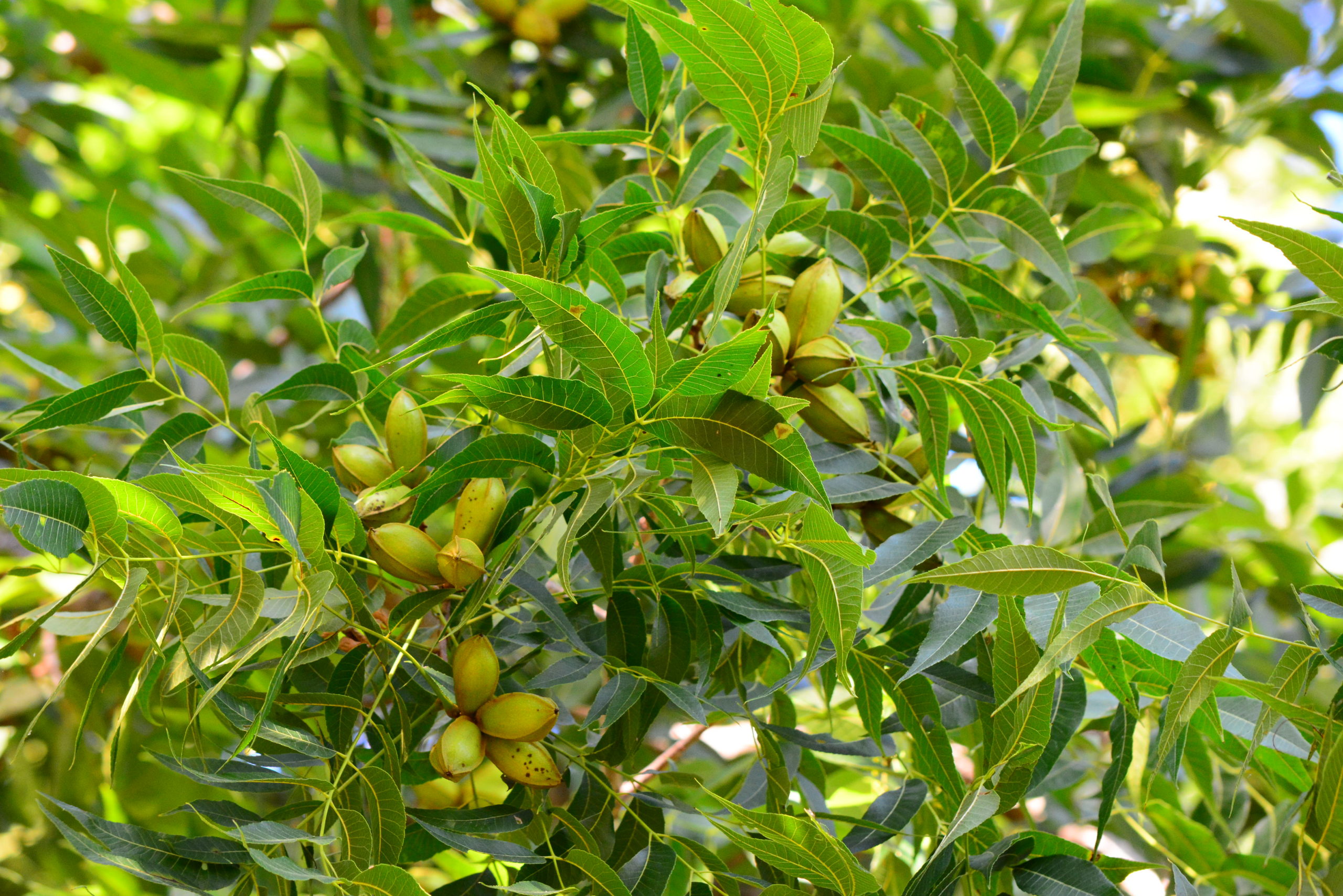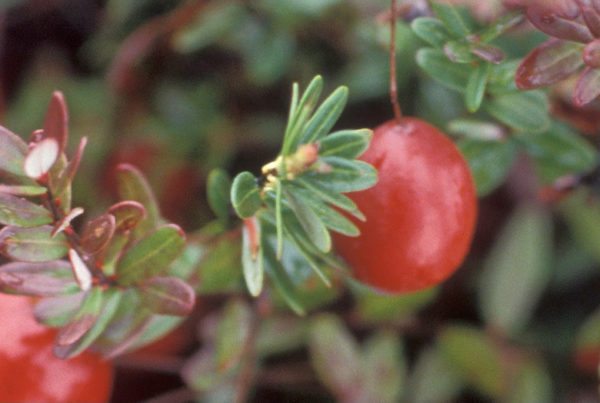Pecan (Carya illinoinensis), a nut-producing tree initially cultivated in the southern United States and northern Mexico, is the most economically important member of the Carya genus. Pecan is now grown across its broad North-American geographic range and in non-native environments such as South America, Europe, Asia, Africa, and Australia. However, the United States remains a leader in pecan production worldwide.
The USDA Pecan Breeding Program at Brownwood and Somerville, TX, began in 1930. Its main goal is to develop improved pecan cultivars with beneficial traits, such as nut size and quality, drought tolerance, and resistance to disease or insects in multiple regions. This program contains diverse repository collections, breeding nurseries, cultivar evaluation trials, rootstock trials and tests, and genetic mapping trials.
There are many bottlenecks in breeding pecans, such as their long juvenile period (10-15 years), a tendency towards alternative bearing (heavy nut crop one year followed by a light nut crop the following year), and their high genetic heterozygosity (large genetic variability). Using traditional breeding methods, USDA-ARS scientists have released 29 cultivars. This process has taken, on average, approximately 25 years from making a cross to releasing a new cultivar. To speed up this process, the USDA Pecan Breeding Team has sequenced four high-quality pecan genomes and resequenced hundreds of pecan genomes representing the entire genetic diversity of pecan. We are actively collaborating with other scientists to utilize these resources to implement more efficient tools to speed up the pecan breeding process.

Nut cluster of a progeny of the cross ‘Pawnee’ x ‘Waco’ in the USDA-ARS National Pecan Advanced Clone Testing System orchard in Somerville, Texas. Photo credit Xinwang Wang.










